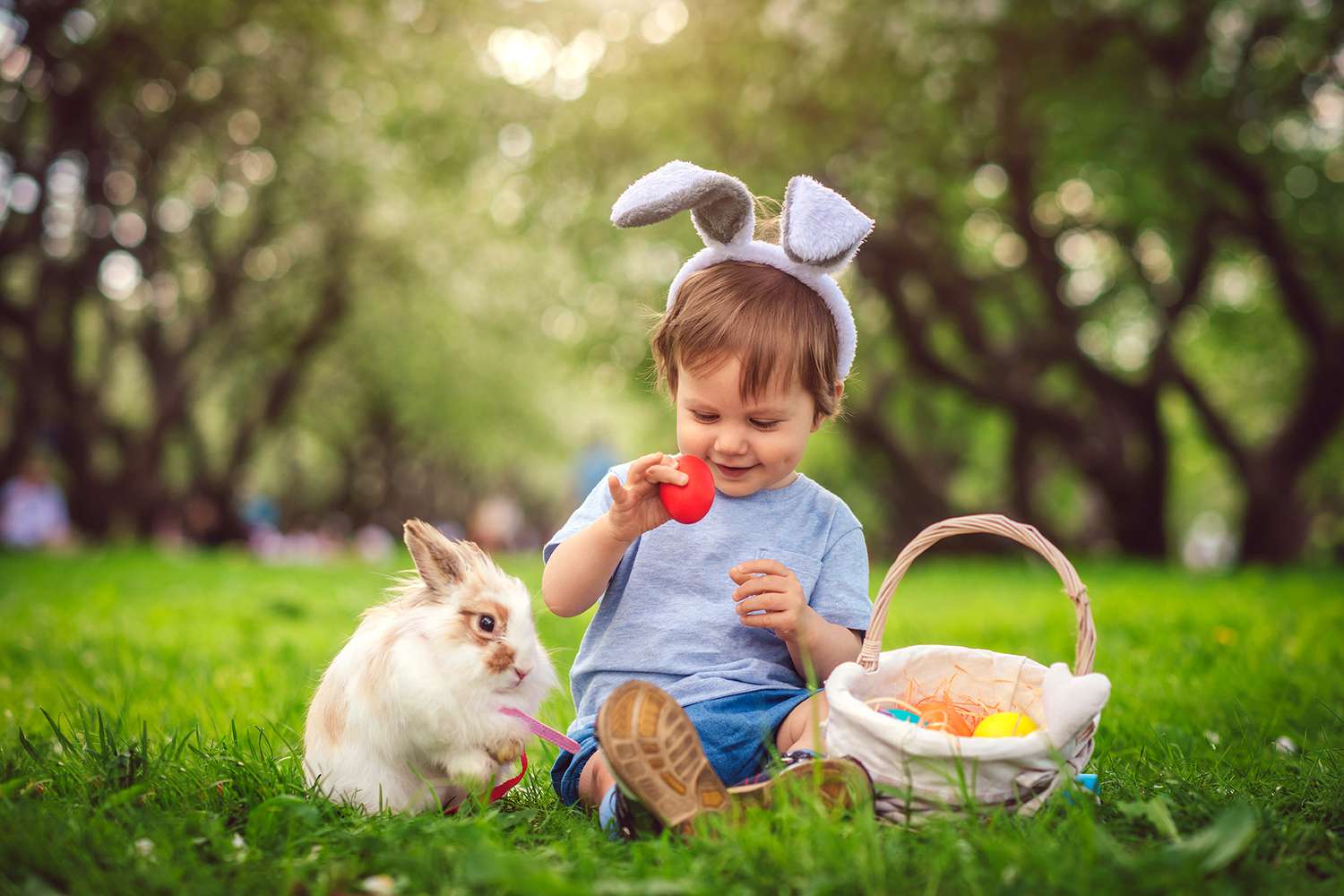Origins of this tradition can be traced back to the year 300.
By Emily VanSchmus
March 06, 2020
On Easter Sunday, children across the globe wake up to find their baskets filled with chocolate eggs, small toys, and other Easter basket fillers. And while I was never one to question a basket full of goodies as a child, I know now that there is no magical bunny that hops around filling children’s Easter baskets with candy and toys. But while the Easter bunny technically isn’t real, the tradition is very much alive, thanks to sneaky parents who have been filling the baskets for more than 300 years.
As an adult, especially now that I'm preparing for Easter brunch this year, I started wondering how an egg-laying rabbit came to be associated with the Christian holiday of Easter. Some people (myself included) have wondered why Easter’s figure is a rabbit and not a chicken, which actually does lay eggs (even if they typically don’t come out dyed and decorated). And while the exact origins of the Easter bunny aren’t easy to pinpoint, there is actually a solid historical reason that the mythical creature is a rabbit.

Rabbits or hares have long been associated with springtime celebrations. As far back as the fourth century, early pagans celebrated the renewal of life that came with springtime and the vernal equinox. The symbol of their celebration was the goddess of dawn and fertility, Eostre, who was typically represented in art by the symbol of a rabbit or an egg. As Christianity spread across Europe in the Middle Ages (around the year 500), the timing of this springtime observance coincided with Easter, so as Christianity spread the two celebrations merged into one.
Even though rabbits and eggs have long been associated with Easter, the egg-laying, chocolate-delivering Easter bunny as we know it doesn’t appear in history until much later. In the 1600s, a legend of a rabbit called “Osterhase” or “Oschter Haws” (which translates to ‘Easter hare’) was said to lay colorful eggs for children to find on Easter Sunday. When the first Europeans arrived in America a hundred years later, the tradition came with them. Children would make their own nests or baskets in the week leading up to Easter, and then the Osterhase would leave eggs for them. And so the tradition of making and filling Easter baskets was born.
So whether you're the recipient of an Easter basket or playing the role of the Easter bunny this year, you can thank the 'Osterhase' and the long history of the Easter bunny for giving us the excuse to eat a few extra jelly beans this season.
No comments:
Post a Comment